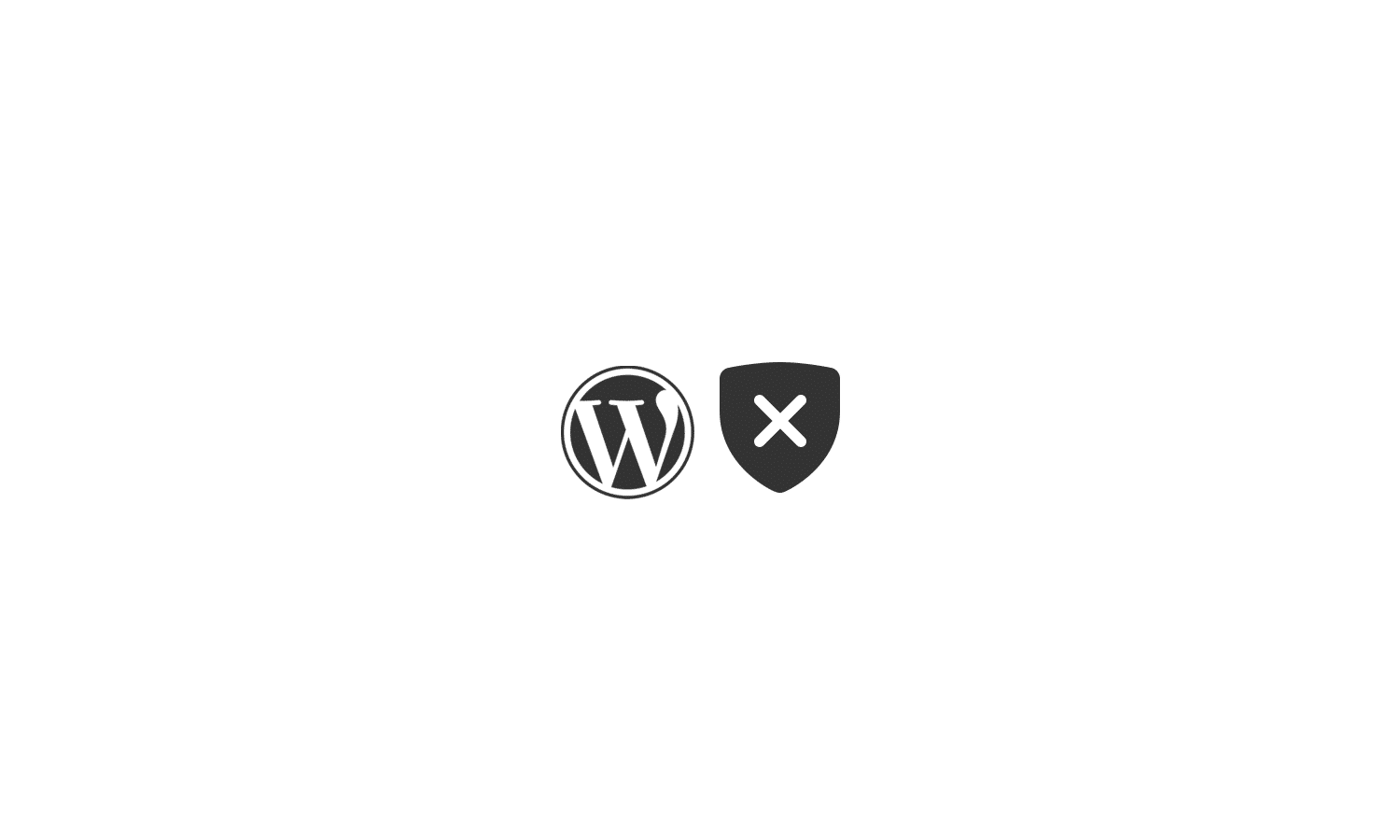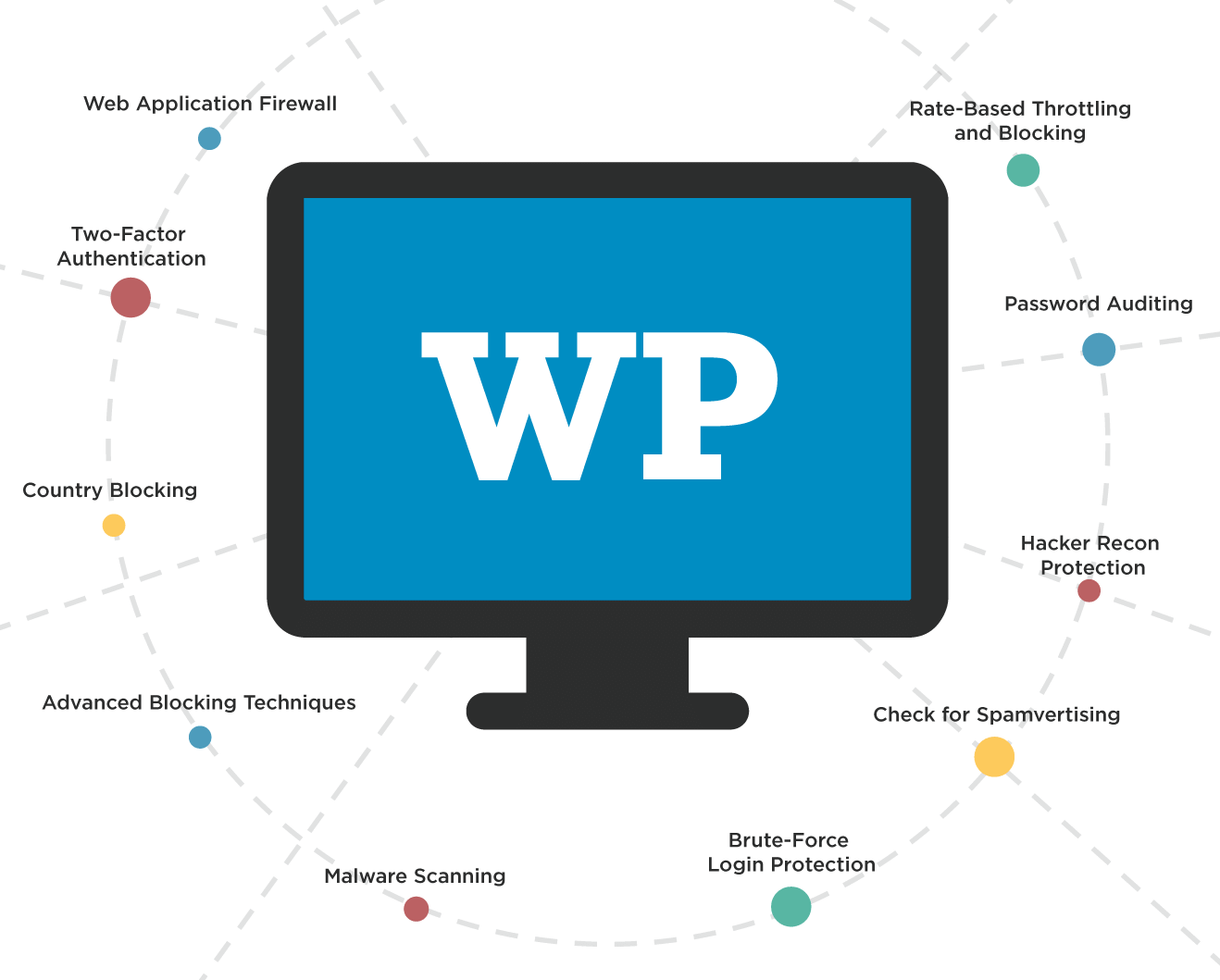Widespread use of WordPress also resulted in over 42,000 plugins created by independent developers looking to provide website owners with creative solutions. However, every new plugin comes the potential for additional vulnerabilities. The good news is, you can enhance WordPress security with proper maintenance and administration.
This includes regularly updating your plugins and themes, performing backups, and using strong passwords. But sometimes, these are not enough. WordPress takes security very seriously. With a team of approximately 25 WordPress security experts that includes both developers and researchers, WordPress works closely with outside security professionals and hosting companies. In addition, WordPress will collaborate with other teams to resolve vulnerabilities when necessary.
Here’s a list of some of the most common WordPress vulnerabilities:
- Injection
- Broken Authentication and Session Management
- Cross-Site Scripting XSS
- Insecure Direct Object References
- Security Misconfiguration
- Sensitive Data Exposure
- Missing Function Level Access Control
- Cross-Site Request Forgery
- Using Components with Known Vulnerabilities
- Unvalidated Redirects and Forwards
Sound like jibberish? Don’t worry. We’ll get back to these technical web security concepts in Part 2 of this blog. First, let’s discuss the basic steps on how you can make your WordPress website more secure.
Toughening Up Your WordPress Website Security
There are many mistakes a user can make when it comes to WordPress website security. Most of the time, it all comes down to lack of experience and maintenance.
Take your website security seriously. You’d be surprised how easy it can be for hackers to steal all your data, and before you know it your years of hard work will be flushed down the drain.
Most WordPress users think they are getting away with these bad habits. Here are some of the most common bad habits we see, and the best practices you can do instead to make your website more secure.
Keeping these three best practices in mind can help you improve your overall WordPress security. However, there are more steps you need to take to toughen up your WordPress website security.
- Do not install plugins or themes from an untrusted source.
Check when the plugin or theme was last updated by its authors and how many downloads it has. The more downloads and recent updates the plugin or theme has indicates that it’s widely used and actively maintained by its authors.
- Create regular backups of your database.
Schedule database backups and have them emailed to you. Make complete backups and send them to off-site storage destinations.
- Create a custom login page URL.
Change the default URL of your WordPress login area so hackers won’t know where to look. The first URL hackers would try when infiltrating a website is website.com/wp-login or website.com/wp-admin.
- Install a plugin that limits login attempts or one that informs you whenever changes are made to your site.
Keep bad users away from your site! There are some plugins available that can block users if they have too many failed login attempts, if they generate too many 404 errors, or if they’re on a bot blacklist.
- Use a WP security plugin.
We recommend these WordPress security plugins — iThemes security, WordFence, and Sucuri. They can be used free, but premium plans include highly beneficial features. Like we said, do your research and read up on every theme before downloading.
Final Words
There are additional, more advanced steps you can take to further boost your WordPress website security that we’ll discuss in Part 2 of this blog. After all, there is no such thing as a perfectly secure website, so there is always something more you can do.
Despite what it feels like, the best decision you can make is to be proactive when it comes to the security of your WordPress website. Many WordPress administrators do nothing when it comes to security. Even though no WordPress website can ever be 100% secure, any action you take today to make your website more secure can pay off in the future.








1 Comment
Considering just how much of a risk an old version of WordPress can be it amazes me just how many WordPress site owners don’t update on a regular basis. According to the stats off WordPress, 56% of all WordPress sites are still not up to date with the latest core version. Being one version is one thing, but some site owners are still running on version 4.